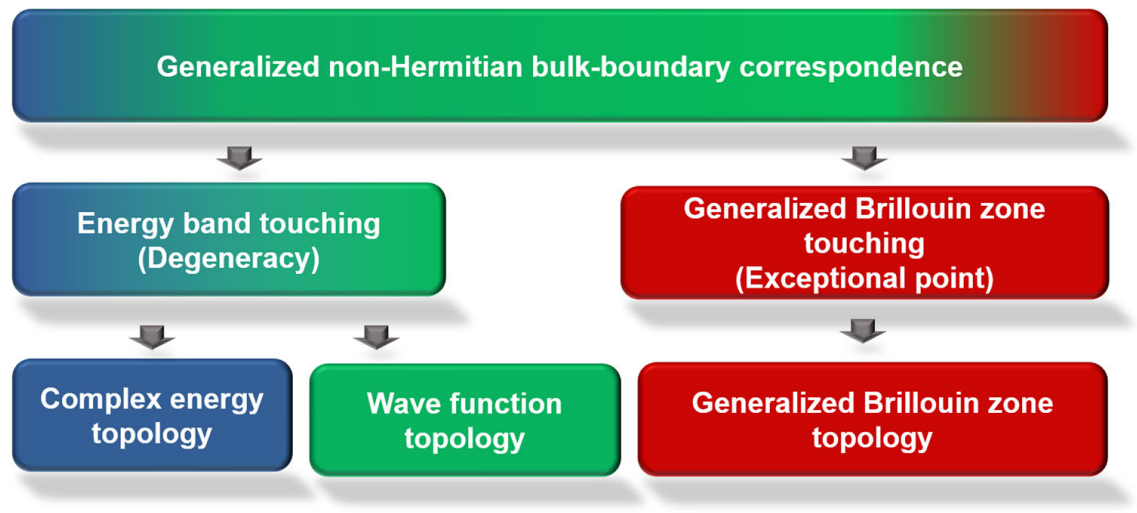주메뉴
- About IBS 연구원소개
-
Research Centers
연구단소개
- Research Outcomes
- Mathematics
- Physics
- Center for Underground Physics
- Center for Theoretical Physics of the Universe (Particle Theory and Cosmology Group)
- Center for Theoretical Physics of the Universe (Cosmology, Gravity and Astroparticle Physics Group)
- Dark Matter Axion Group
- Center for Artificial Low Dimensional Electronic Systems
- Center for Theoretical Physics of Complex Systems
- Center for Quantum Nanoscience
- Center for Exotic Nuclear Studies
- Center for Van der Waals Quantum Solids
- Center for Relativistic Laser Science
- Chemistry
- Life Sciences
- Earth Science
- Interdisciplinary
- Center for Neuroscience Imaging Research (Neuro Technology Group)
- Center for Neuroscience Imaging Research (Cognitive and Computational Neuroscience Group)
- Center for Algorithmic and Robotized Synthesis
- Center for Genome Engineering
- Center for Nanomedicine
- Center for Biomolecular and Cellular Structure
- Center for 2D Quantum Heterostructures
- Center for Quantum Conversion Research
- Institutes
- Korea Virus Research Institute
- News Center 뉴스 센터
- Career 인재초빙
- Living in Korea IBS School-UST
- IBS School 윤리경영


주메뉴
- About IBS
-
Research Centers
- Research Outcomes
- Mathematics
- Physics
- Center for Underground Physics
- Center for Theoretical Physics of the Universe (Particle Theory and Cosmology Group)
- Center for Theoretical Physics of the Universe (Cosmology, Gravity and Astroparticle Physics Group)
- Dark Matter Axion Group
- Center for Artificial Low Dimensional Electronic Systems
- Center for Theoretical Physics of Complex Systems
- Center for Quantum Nanoscience
- Center for Exotic Nuclear Studies
- Center for Van der Waals Quantum Solids
- Center for Relativistic Laser Science
- Chemistry
- Life Sciences
- Earth Science
- Interdisciplinary
- Center for Neuroscience Imaging Research (Neuro Technology Group)
- Center for Neuroscience Imaging Research (Cognitive and Computational Neuroscience Group)
- Center for Algorithmic and Robotized Synthesis
- Center for Genome Engineering
- Center for Nanomedicine
- Center for Biomolecular and Cellular Structure
- Center for 2D Quantum Heterostructures
- Center for Quantum Conversion Research
- Institutes
- Korea Virus Research Institute
- News Center
- Career
- Living in Korea
- IBS School
News Center
The Theory of Imaginary Energy and Momentum- Twisting topology of open quantum systems - In 1915, German mathematician Emmy NOETHER proposed the seminar theorem of physics, which states that the continuous symmetry of a physical system has a corresponding conservative law of physical quantities. For instance, in a physical system where there is no external time-dependent force (time-translational symmetry), one can define the energy as a good conserved quantity. Similarly, in a uniform physical system where space-translational symmetry exists, the momentum becomes a conserved physical quantity. On the other hand, if we introduce a potential barrier in a system, particles and waves can backscatter. Consequently, the momentum cannot be conserved. Non-Hermitian physics is a newly emerging branch of physics research that accounts for open or dissipative systems. Unlike the closed system, where the typical physical quantity such as energy, momentum, and particle number are not conserved in the open quantum systems. Non-Hermitian theory of physics resolves such dissipative phenomena by introducing complex valued spectra. For instance, in non-Hermitian theory, the loss and the gain of the particles toward the outer bath can be explained by the imaginary value of the complex energy. In continuous systems, the physical momentum can be any real-valued quantity. If a physical system is composed of a lattice structure with repetitive periodicity, one can still define the quasi-momentum that has a periodic structure that has topological equivalence with torus. If a physical system completely lacks space-translational symmetry due to potential barriers such as impurity and defect, how would one be able to describe the momentum space? In a study published in Communications Physics, a collaborative team led by Prof. PARK Moon Jip from Hanyang University and Dr. Sonu VERMA from the IBS Center for Theoretical Physics of Complex Systems constructed the topological theory of generalized Brillouin zone, which describes the complex momentum space in the presence of the translational symmetry-breaking disorder or boundary, The generalized Brillouin zone lives and form an exotic geometric manifold in the complex plane, and it can undergo topological phase transitions that signifies the emergence of the boundary state. The work shows that the bound state due to the potential disorder can be understood as the topological phase transitions of the manifolds of the generalized Brillouin zone. The theory of generalized Brillouin zone provides a deeper understanding of non-Hermitian topological phases of matter. The authors underscore the possibility that the topological phases in such a generalized Brillouin zone would help to realize new types of robust topological states that are enabled by the openness of the system in addition to the topology that survives in the presence of open systems.
Notes for editors
- References
- Media Contact
- About the Institute for Basic Science (IBS)
|
| Next | |
|---|---|
| before |
- Content Manager
- Public Relations Team : Yim Ji Yeob 042-878-8173
- Last Update 2023-11-28 14:20












